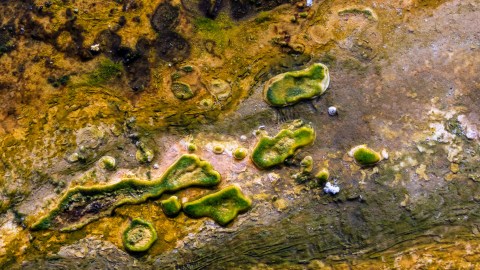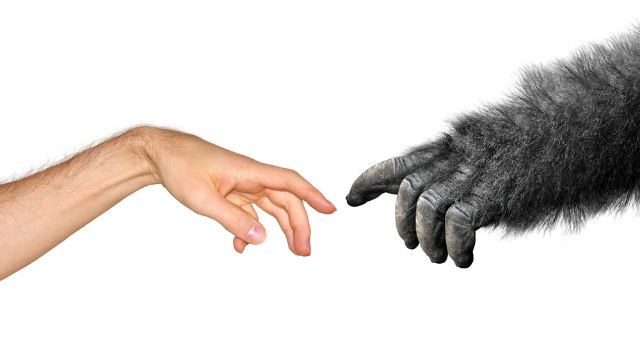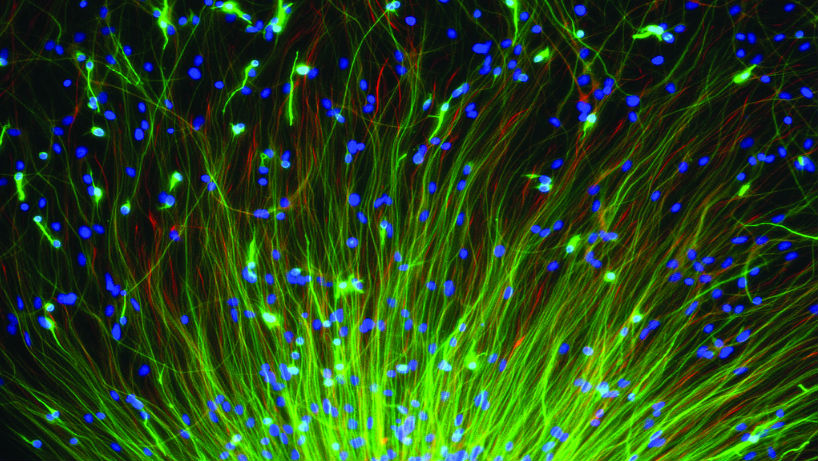When “Darwin’s Bulldog” thought he discovered “primordial slime”

- In 1868, eminent biologist Thomas Henry Huxley thought he had discovered “primordial slime” in a seafloor mud sample, a protoplasm from which all life might have originated. He boldly claimed that it might be present across the globe.
- After a multi-year ocean expedition returned no evidence of the slime, chemist John Young Buchanan did an experiment and realized that the slime wasn’t an organism, but rather an inorganic precipitate.
- To his immense credit, Huxley admitted his error and did all he could to correct the scientific record.
In the years after the publication of Charles Darwin‘s On the Origin of Species, many in the scientific community were gripped with “evolution fever”. Excited by the revolutionary idea that life evolved through natural selection, brilliant minds were discussing it and searching for confirming evidence. It was in this environment that, in 1868, eminent biologist Thomas Henry Huxley — today known as “Darwin’s Bulldog” for his staunch support of evolution — spotted a peculiar slime when studying a sample of mud extracted from the seafloor during the laying of the transatlantic telegraph cable.
The Blob
The slime resembled the living part of cells (protoplasm) and appeared to be criss-crossed with veins. Moreover, it would swell when exposed to caustic soda. To Huxley, it was clearly alive, and an entirely new organism to boot. He dubbed it Bathybius haeckelii, after German biologist Ernst Haeckel, who, in the vein of Darwinism, had previously hypothesized that all life could have originated from a “primordial slime.” Was Bathybius the basic blob he’d been looking for?
Haeckel was overjoyed when Huxley told him of the discovery, ecstatic at the thought that his idea would be proven correct. Haeckel pictured all organisms on a tree of life, with Monera — single-celled organisms — at the roots. This new slime might represent the most rudimentary of Monera.
Huxley was similarly enamored with Bathybius. In a speech given to the Royal Geographic Society in 1870, he boldly proclaimed that the slime formed a continuous mat of living protoplasm that covered the whole ocean floor for thousands of square miles, perhaps in a continuous sheet around the Earth.
That bold claim could be tested, however. In 1872, the HMS Challenger set sail on a multi-year mission to explore the oceans. With over 68,890 nautical miles of exploration, the crew extensively surveyed the ocean depths. Sounding, dredging, and trawling the seafloor hundreds of times across the globe, they found no sign of Bathybius slime anywhere. And they were looking for it.
Miffed by the absence, ship’s chemist John Young Buchanan developed an alternate theory. Bathybius wasn’t an organism at all, but rather an inorganic precipitate. He found that adding alcohol to seafloor muck with a bit of seawater would produce the gelatinous ooze. His conclusion? The “primordial slime” was just the gloopy result of a chemical reaction.
Admitting an error
To his credit, when apprised of the findings, Huxley quickly admitted he was wrong and announced his mistake far and wide, correcting the scientific record in a piece published to the journal Nature and speaking at various scientific meetings. At the 1879 gathering of the British Association for the Advancement of Science, he said:
“If you have read your Shakespeare [you would] know what is meant by “eating a leek.” Well, every honest man has to do that now and then, and I assure you that if eaten fairly and without grimaces, the devouring of that herb has a very wholesome cooling effect on the blood, particularly in people of sanguine temperament.”
Unfortunately, Ernst Haeckel did not give up on his primordial slime so easily. He clung to the idea years later, showcasing the stubbornness with which scientists can fall victim when their pet ideas are contradicted by strong evidence.
In relation to the Bathybius slime affair, Huxley later would write, “The most considerable difference I note among men is not in their readiness to fall into error, but in their readiness to acknowledge these inevitable lapses.”





